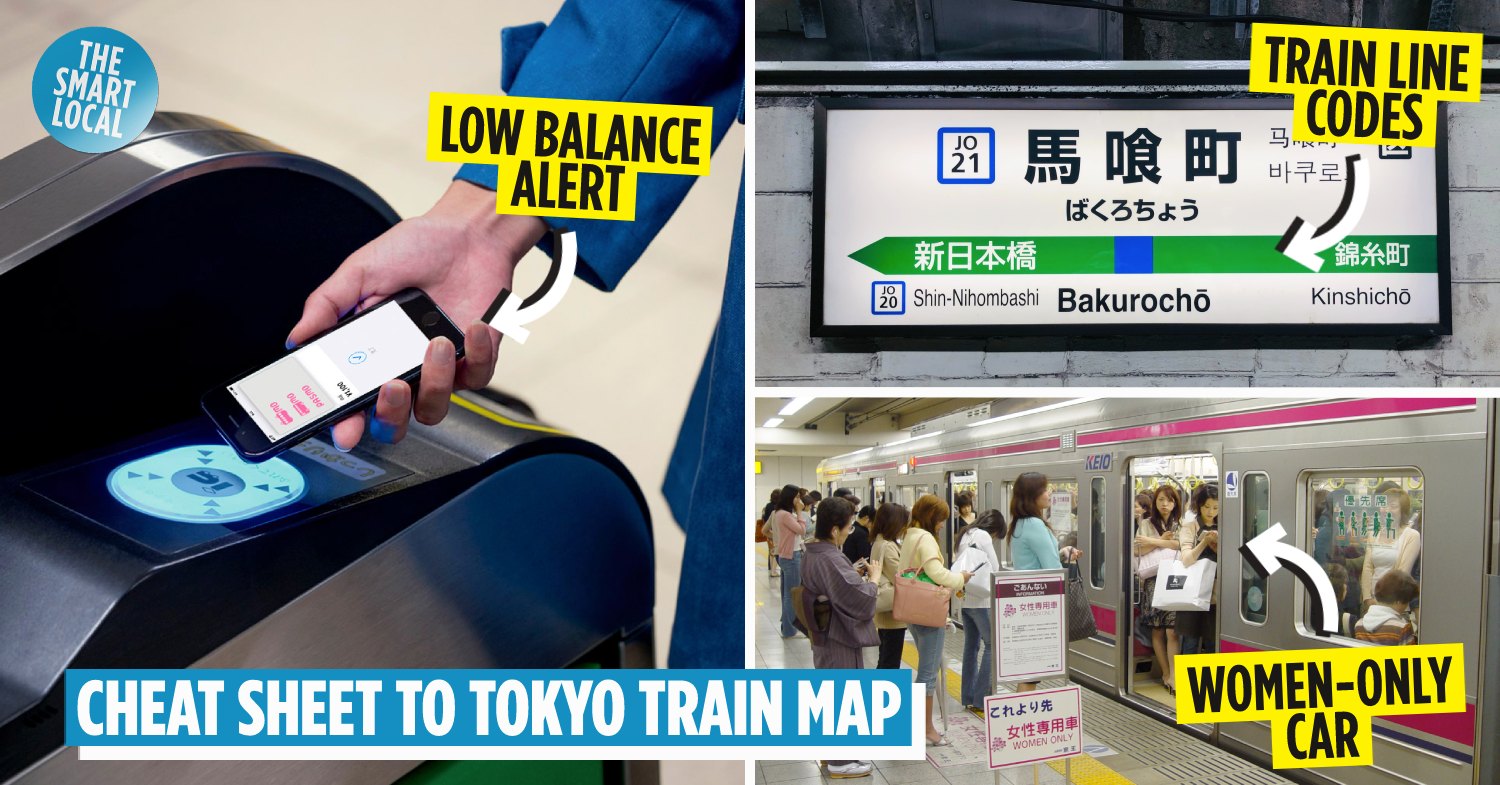A cheat sheet to the Tokyo train map
The Tokyo train map is made up of the Tokyo Metro, Toei Subway, Japan Railway (JR) East and other private railway companies. Together, they manage 29 railway lines in the Tokyo train system. To put it into perspective, that’s about 4 times more than the number of train lines Singapore has.
With multiple lines managed by multiple companies, “complicated” doesn’t even begin to sum up the intricate Tokyo train map. That’s why we’ve put up a cheat sheet with 17 handy Tokyo train hacks and useful tips so you can commute like a true blue local.
Buying IC cards/tickets
1. Buying an IC Card (Pasmo, Suica)
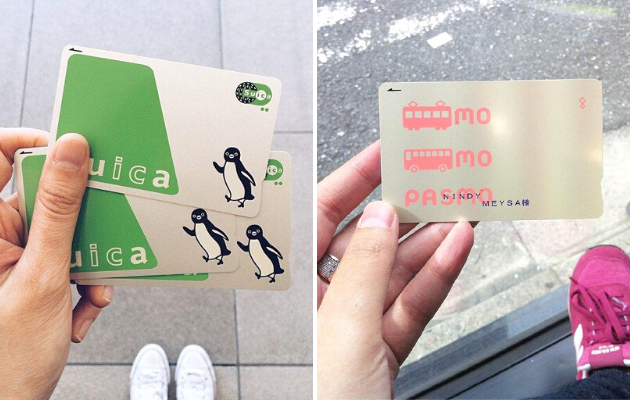
Image credits: @alizeham and @nindymeysha
The Pasmo card and Suica card are the 2 most commonly used IC cards – also known as smartcards – for getting around in Tokyo. Both cards can be used on the JR train lines, private railways, and the Tokyo subway system. Do note that limited express trains and the Shinkansen are not covered.
There is one important difference to note – purchasing or refunding both cards are done at different places.
| Pasmo card | Suica card | |
| Where to buy/refund | Ticket booths at Narita International Airport or Haneda Airport. Ticket machines at private railway stations or subway stations. A ¥500 (USD4.55) deposit is required. |
Ticket booths at Narita International Airport or Haneda Airport. Any JR East ticket machines at train stations or JR East Travel Service Centers. A ¥500 (USD4.55) deposit is required. |
| Extra charges when refunding | No extra charges.
The remaining balance and ¥500 (USD4.55) deposit will be returned. |
¥220 (USD2) will be deducted.
After deduction, the remaining balance and ¥500 (USD4.55) deposit will be returned. |
Tip: If you have less than ¥220 (USD2) in your Suica card, the ticket machine will deduct whatever that is left. As such, try to use up as much value as you can before getting your refund.
2. Top-up subway ticket fare at the Fare Adjustment Machine
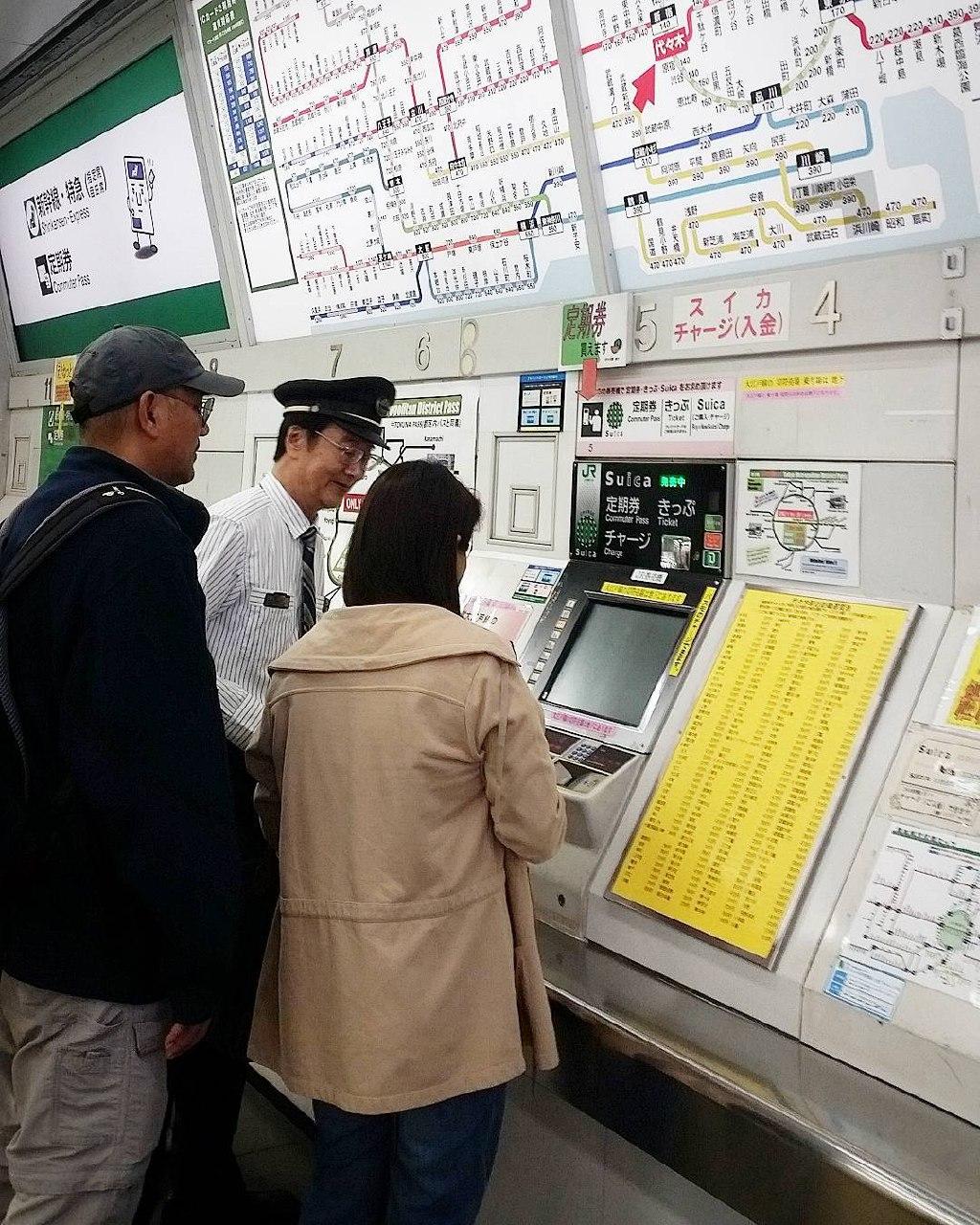
Image credit: @mayanquintana
Other than the IC cards, you can also purchase subway tickets for your train rides. It’s less convenient as you have to figure out your fare first – with the shortest distance priced from ¥170 (USD1.55) onwards.
If you’re travelling to several stations and find it a hassle to figure out the exact fare, you can always buy the cheapest ticket at ¥170 (USD1.55). Look for the Fare Adjustment Machine once you’ve alighted, and check how much you owe.
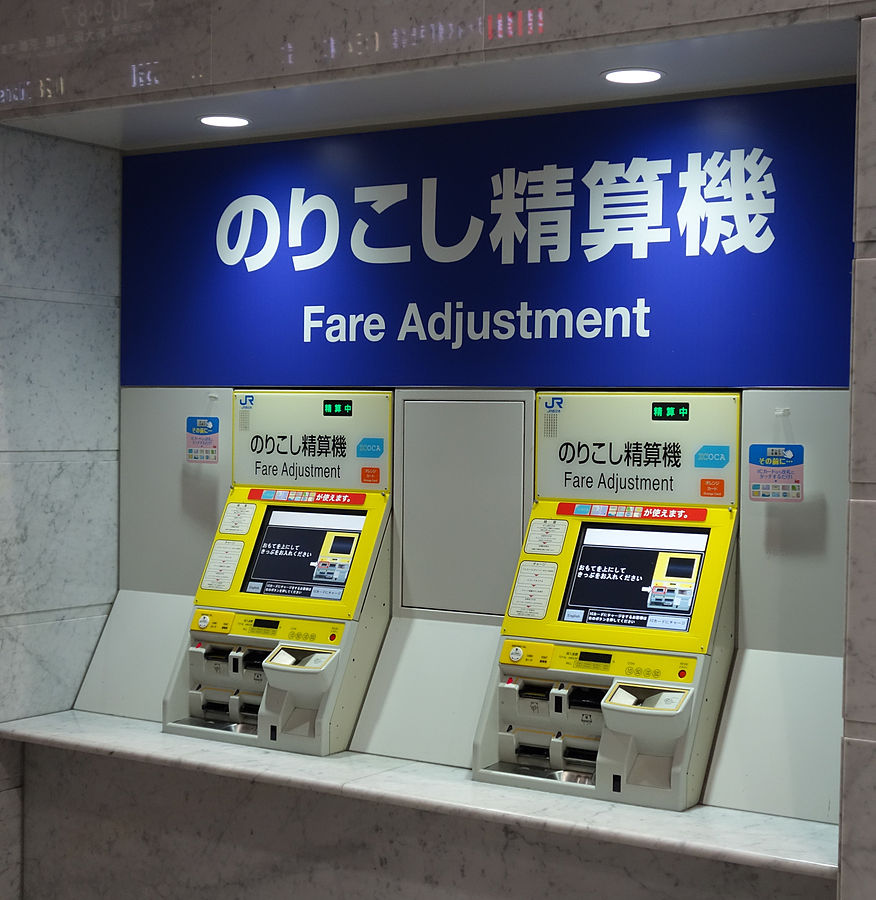
Image credit: Wikimedia Commons
The Fare Adjustment Machine is decked out in yellow and is clearly labelled in English.
– Searching for train routes –
3. Useful Apps: Japan Travel and Navitime Transit
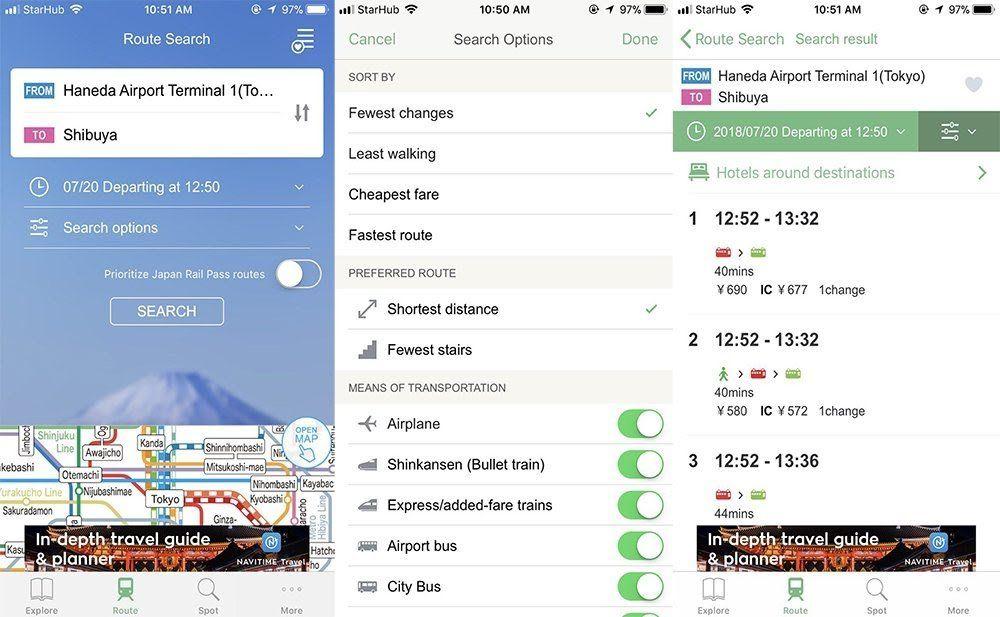
Image adapted from: Japan Travel
After keying in the departure and arrival stations, Japan Travel sifts out the most efficient routes while considering cost, time, and the least number of train changes. This electronic encyclopedia also has an ATM map, itineraries, and guides ranging from top gourmet experiences to day trips.
Download it on Google Play and App Store.
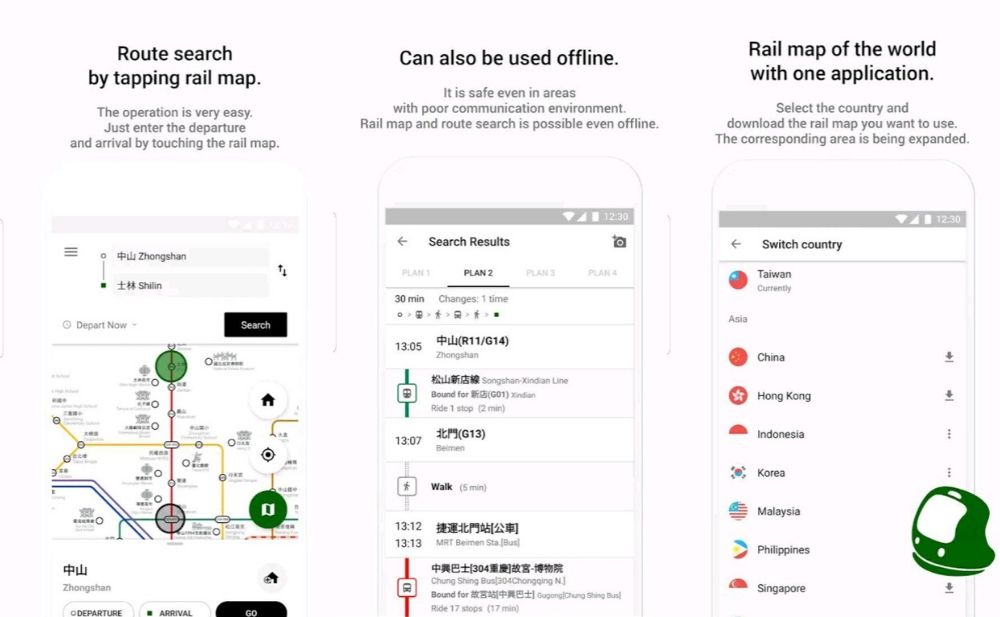
Image adapted from: Navitime Transit
Like Japan Travel, Navitime Transit also helps you figure out the most efficient route to your destination. It has an edge over the former, however – Navitime Transit works even without internet access, making it a lifesaver when you run out of data, or when it’s simply impossible to get a connection. You can also check out other free travel apps for your Japan trip.
Download it on Google Play and App Store.
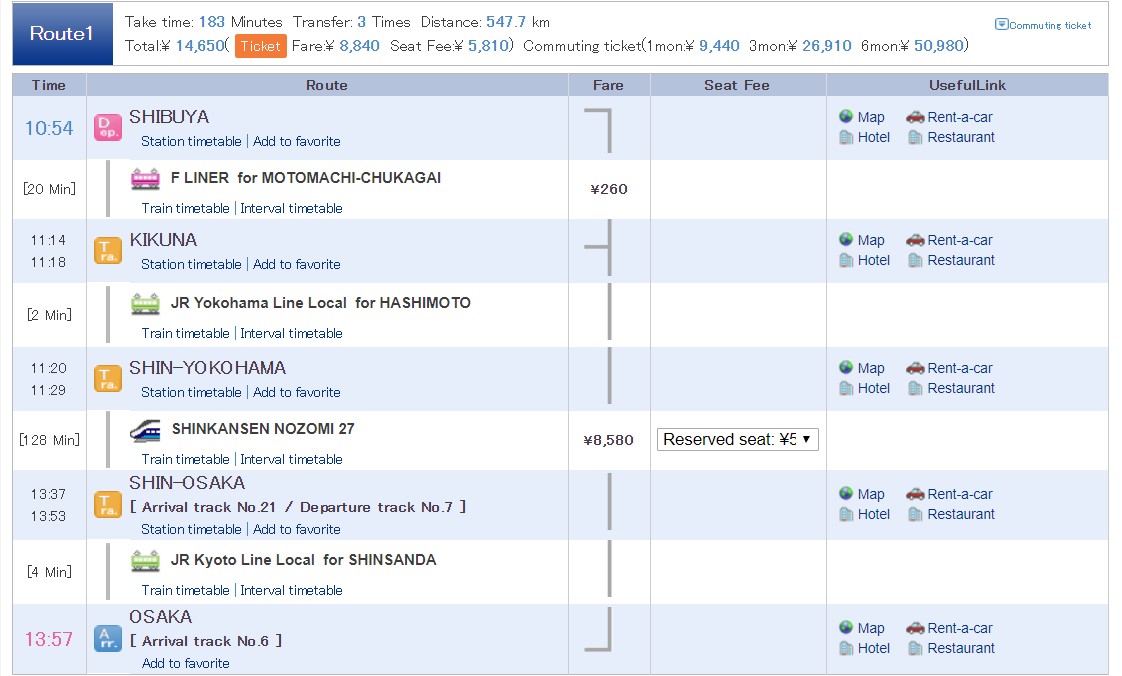
Image adapted from: hyperdia.com
Tip: If you’re a detail-oriented traveller who likes to have as much information as possible, Hyperdia is your transport holy grail.
The website takes into account all of Japan’s transportation and is so detailed that it even includes a price breakdown – base fare and seat fee – if you intend to reserve a seat on a long-distance train.
4. Free Wi-Fi
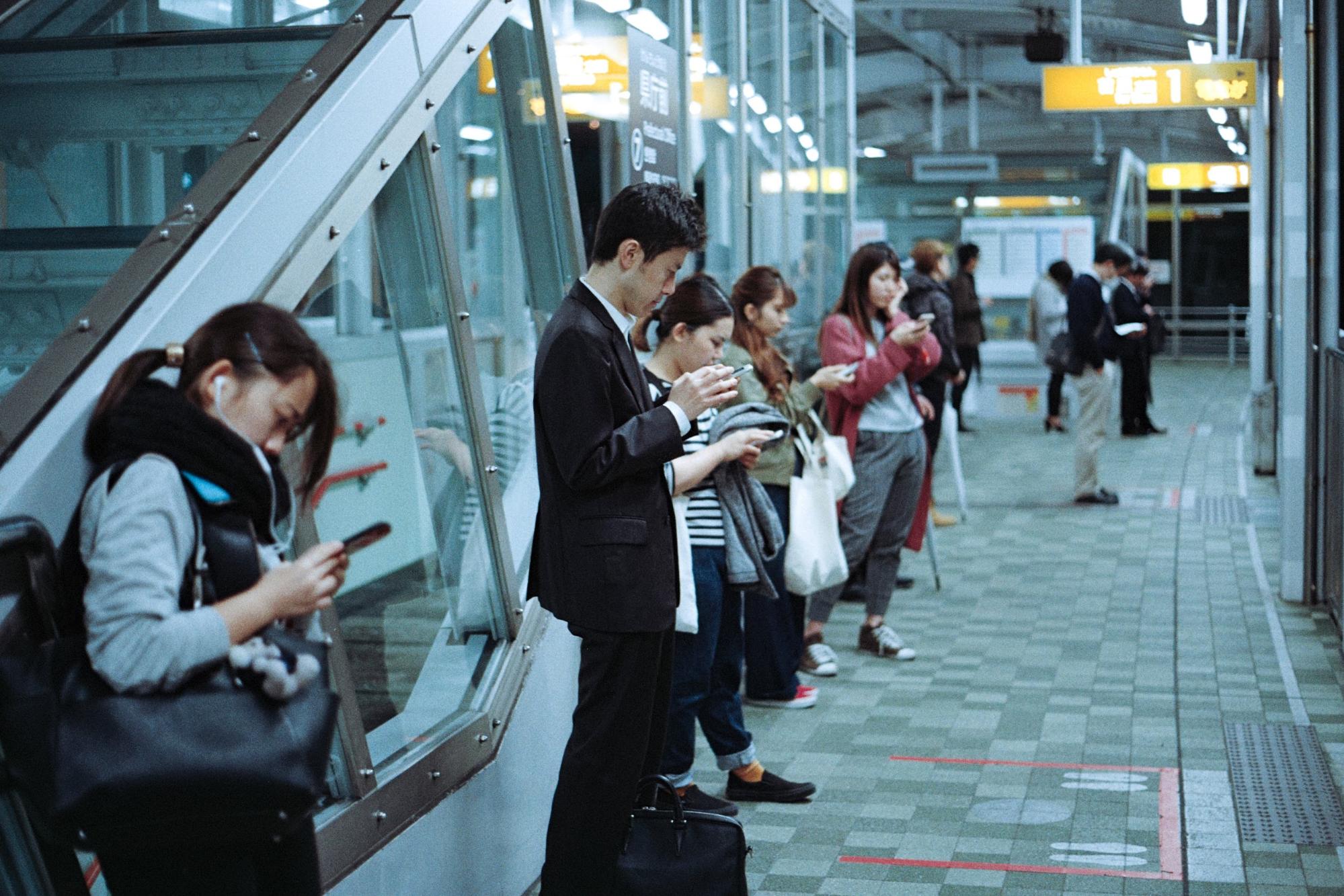
Image adapted from: Jens Johnsson
Wi-Fi can be a major lifesaver, especially when you are close to exceeding your data limit but you’ve yet to plan out your train routes.
When that happens, you can always rely on public Wi-Fi in train stations. Look for the relevant Wi-Fi addresses listed below and complete the registration with your email.
- “SSID: Metro_Free_Wi-Fi”
- “SSID: Toei_Subway_Free_Wi-Fi” or
- “JR-EAST_FREE_WiFi”
Each sign-in will last you 3 hours once you’re connected, which is ample time to map out your travel plans.
Navigating Tokyo train stations
5. Locate train stations with letters, numbers, and colours
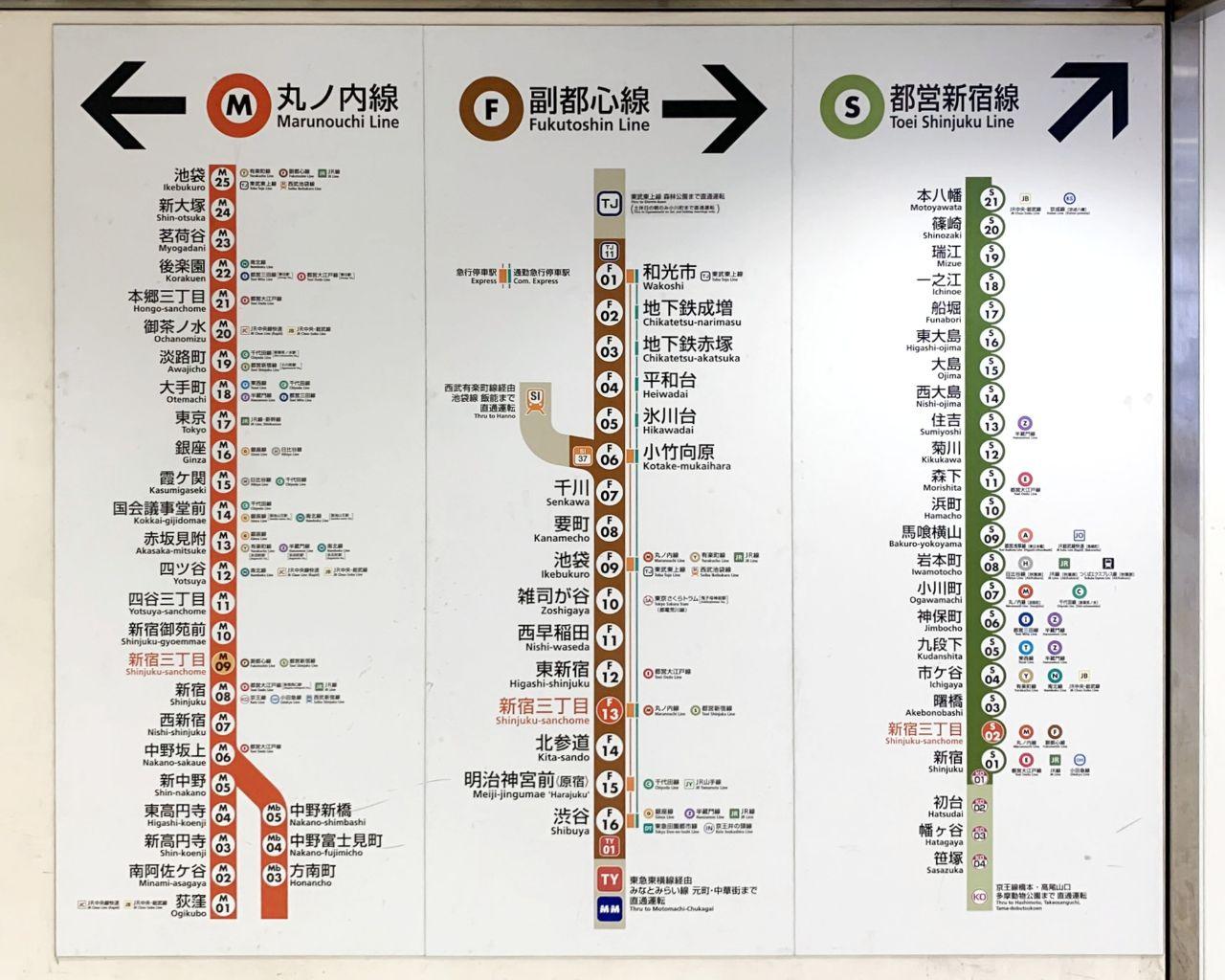
Image adapted from: Jarred Johnson
The Japanese language is made up of 3 different writing systems – hiragana, katakana and kanji. So if you’re confused while studying the train map, know that you’re not the only one.
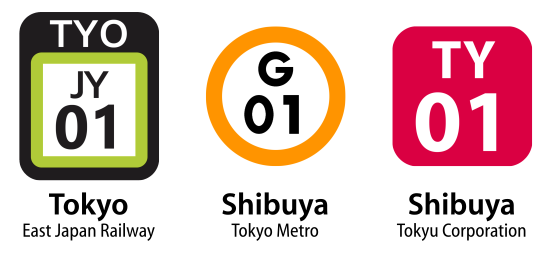
A brief overview of the station icons in Tokyo
Image adapted from: Commons Wikimedia
Thankfully, each station comes with an English name and is labelled alphanumerically with a colour code.
For example, Shibuya Station is designated ‘G01’ as it is the first station on the Ginza line. You can also recognise it by its assigned colour – orange.
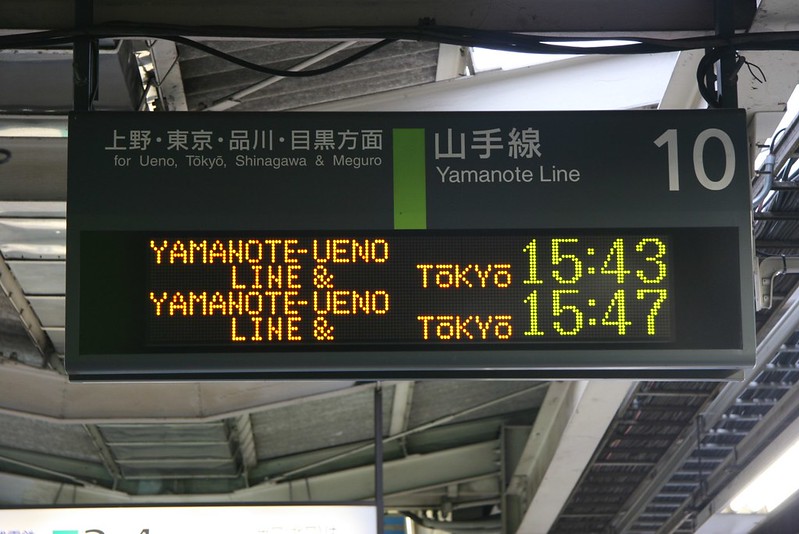
Image credit: Ian Fisher
Tip: Keep your eyes peeled for LED displays to check the arrival time of the next train. You can identify the relevant trains or train lines by their English names.
6. Check if the train is express or local (for private railways)
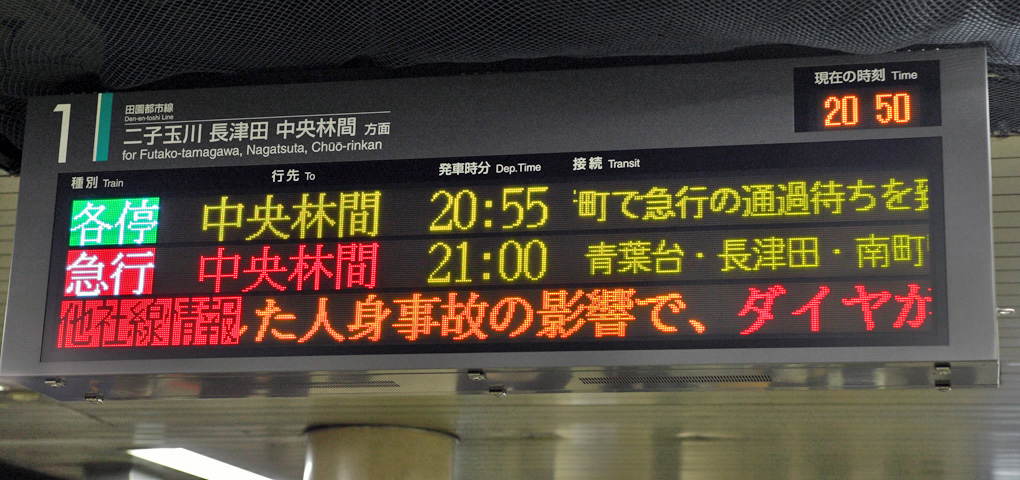
Image credit: Wikimedia Commons
Commuters taking a train on a private railway should note the difference between express and local trains. The express train skips a few stations and only stops at popular stops. If you’re in Tokyo for a holiday, you will most likely find this useful as most tourist attractions are accessible via the express train.
7. Switching train lines – follow the arrows
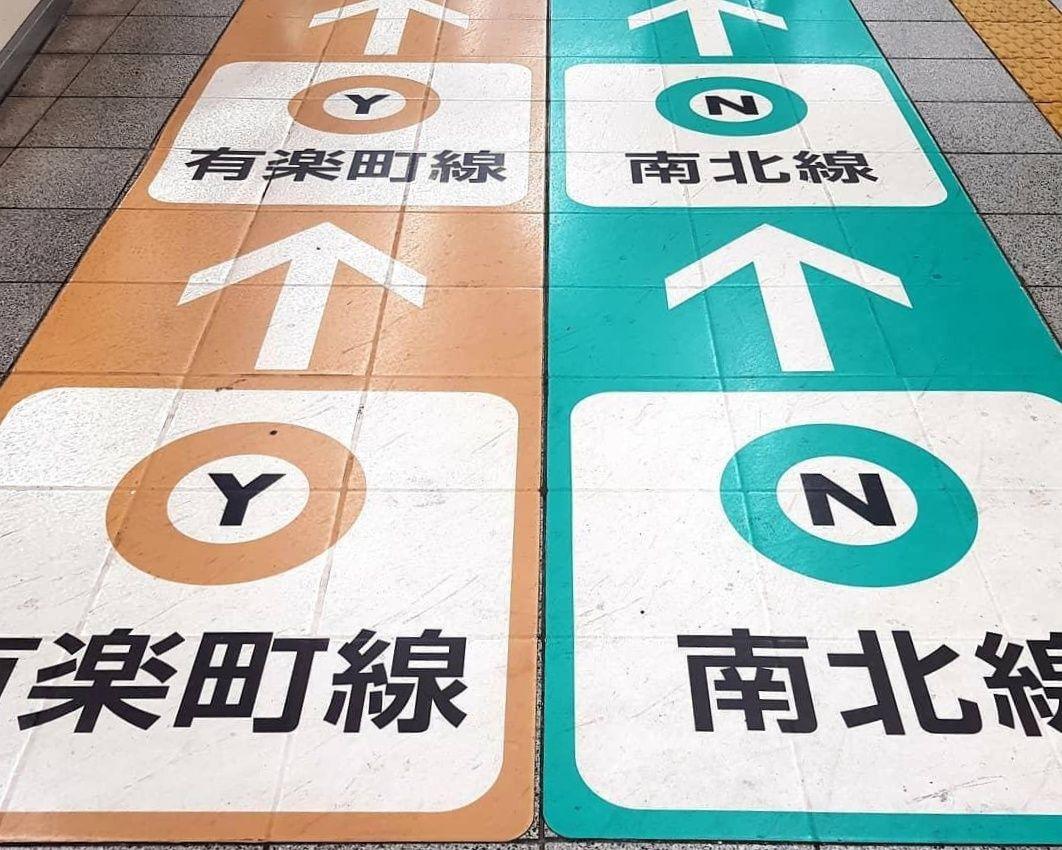
Image adapted from: @geegee_and_the_globe
Here’s another handy way to check if you’re on the right track. Aside from LED boards and visual signages on maps, there are also helpful cues beneath your feet. When switching to another train line, take note of the arrows and colour-coded guided paths painted onto the floor. Just follow the path and you should find the train line you’re looking for in no time.
8. Switching train lines – orange transfer gate
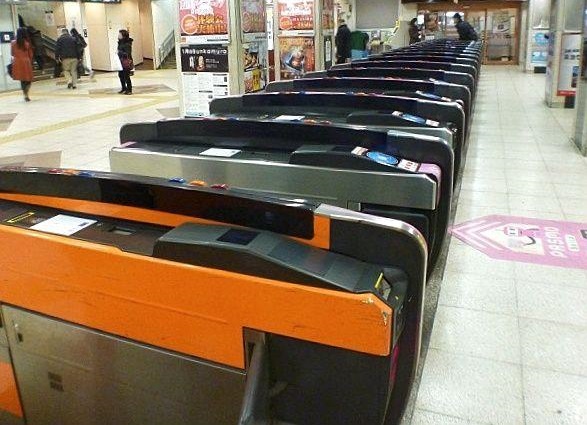
Image adapted from: @shibuya_station
If you’re using a subway ticket instead of an IC card, make sure to pass through the orange transfer gate when you’re changing to a different train line. This applies even if both train lines are part of the Tokyo Metro.
Your ticket will be returned to you on the other end of the gantry so long as you pass by the orange gates of both lines within 30 minutes. It will be registered as changing lines, and not as entering or exiting the train station.
If you pass through a non-orange gate, your ticket will be swallowed up – effectively ending your trip. Yikes.
On the flipside, Pasmo or Suica users won’t have to pull out their hair because the correct fare is automatically deducted.
9. Boarding and Exit Guide
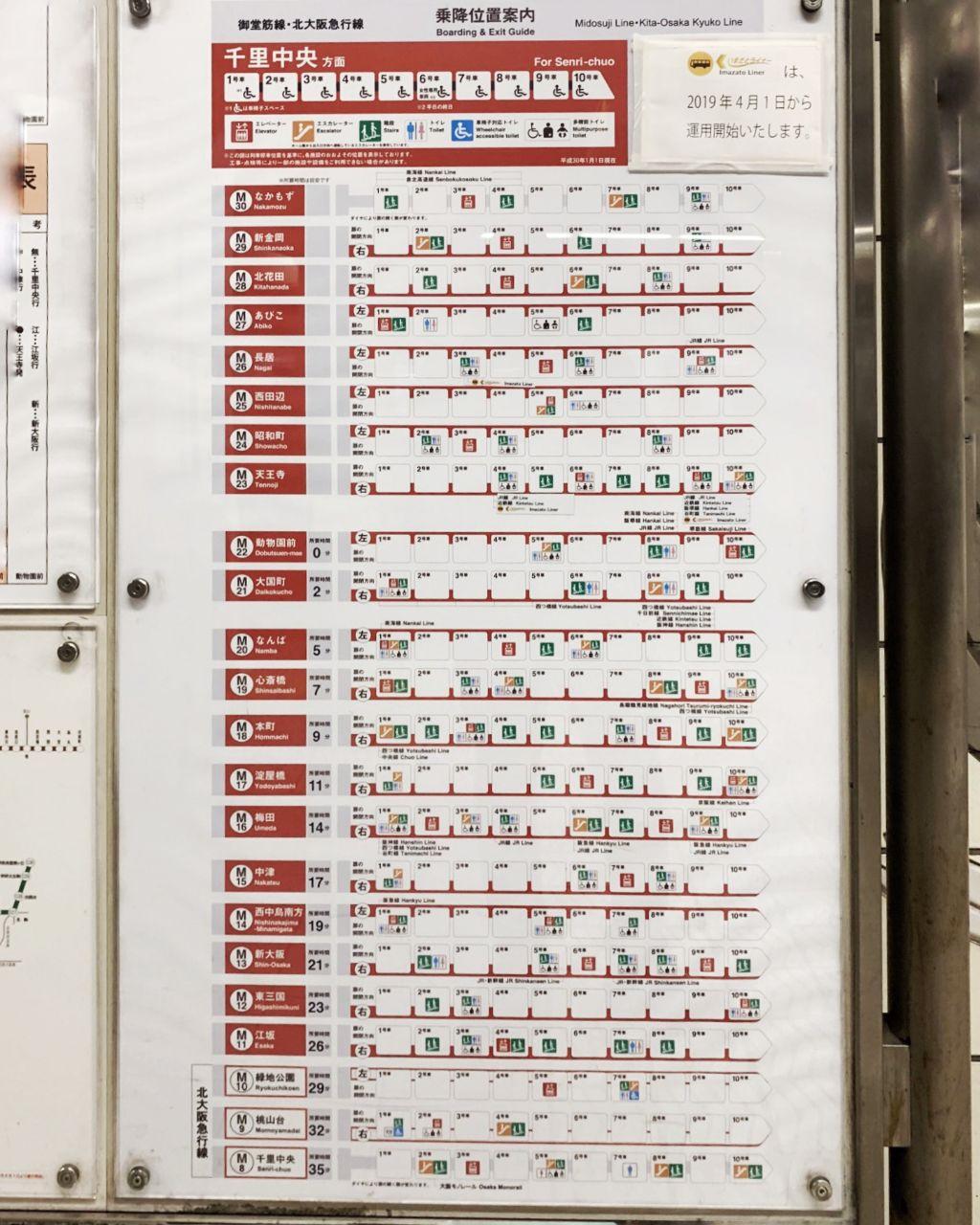
Image adapted from: Jared Johnson
Once you’ve figured out where to board the train, search for the Boarding and Exit Guide which can be found at the entrance of every platform. This treasure map will reveal which cabin is the nearest to the toilet, elevator, escalator, stairs and wheelchair-accessible links to cut short your travelling time.
10. Cabins numbers
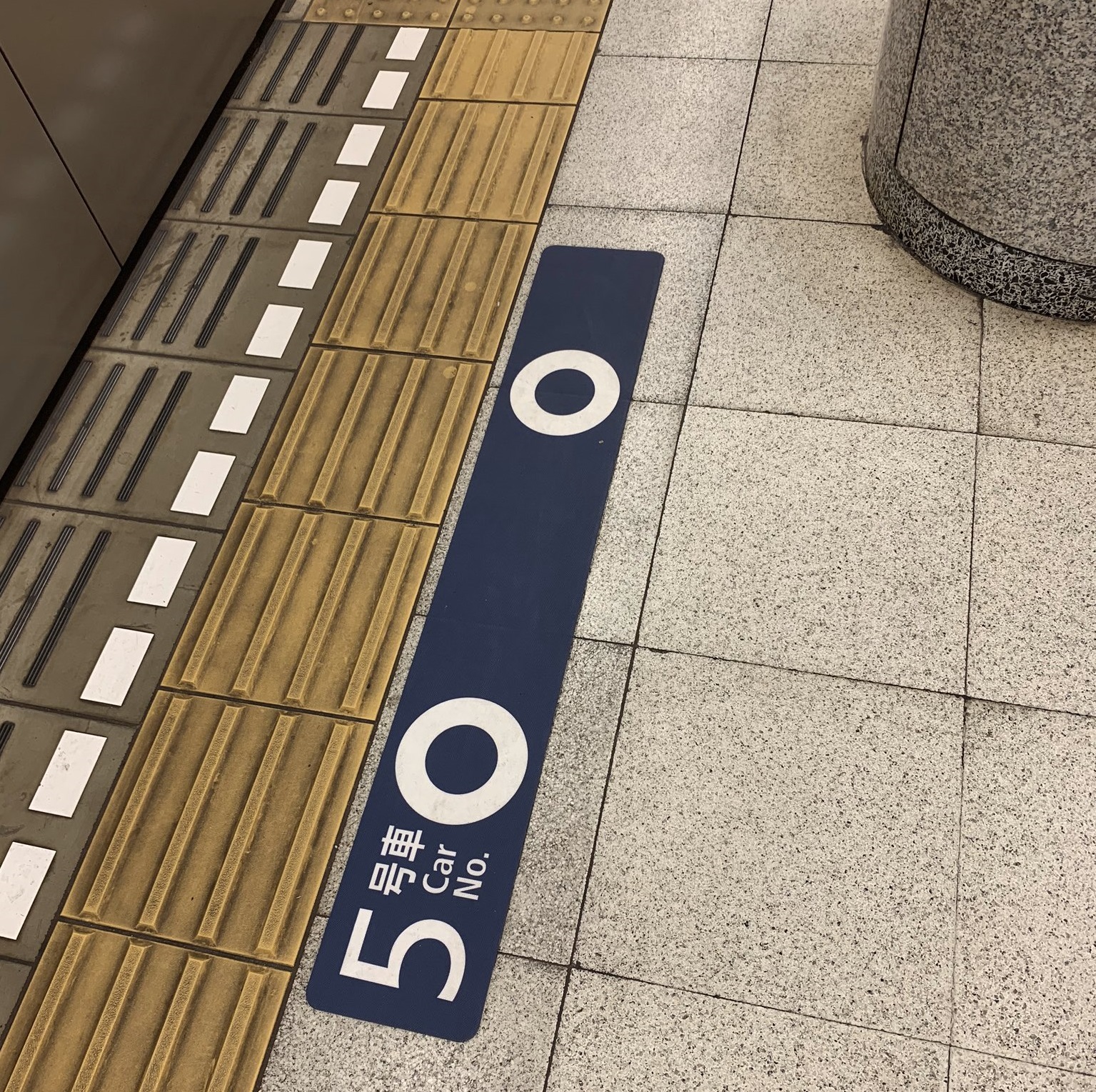 Image adapted from: Jarred Johnson
Image adapted from: Jarred Johnson
Now that you’ve figured out which cabin to look out for, don’t waste time counting one by one. The Tokyo train system certainly lives up to its rep as one of the most efficient train systems in the world – cabin numbers are clearly marked on the floor so you can save time looking for it.
11. Use the elevators if you have multiple luggage
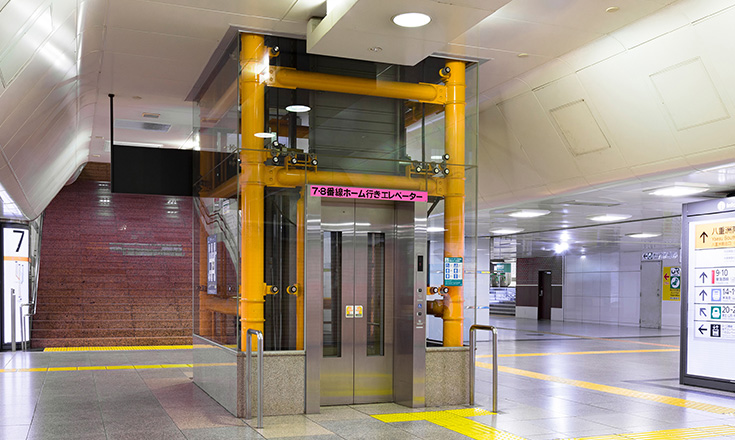
Image credit: mitsubishielectric.com
Travellers who have just touched down from Narita Airport and are making their way to the city centre by train should look for an escalator. Hauling multiple luggage down or up the stairs can be very dangerous as you risk falling off the stairs with your belongings.
There are plenty of signs to guide you to the nearest lift so make sure to keep a lookout.
– Exiting a train station –
12. Look for the yellow exit sign
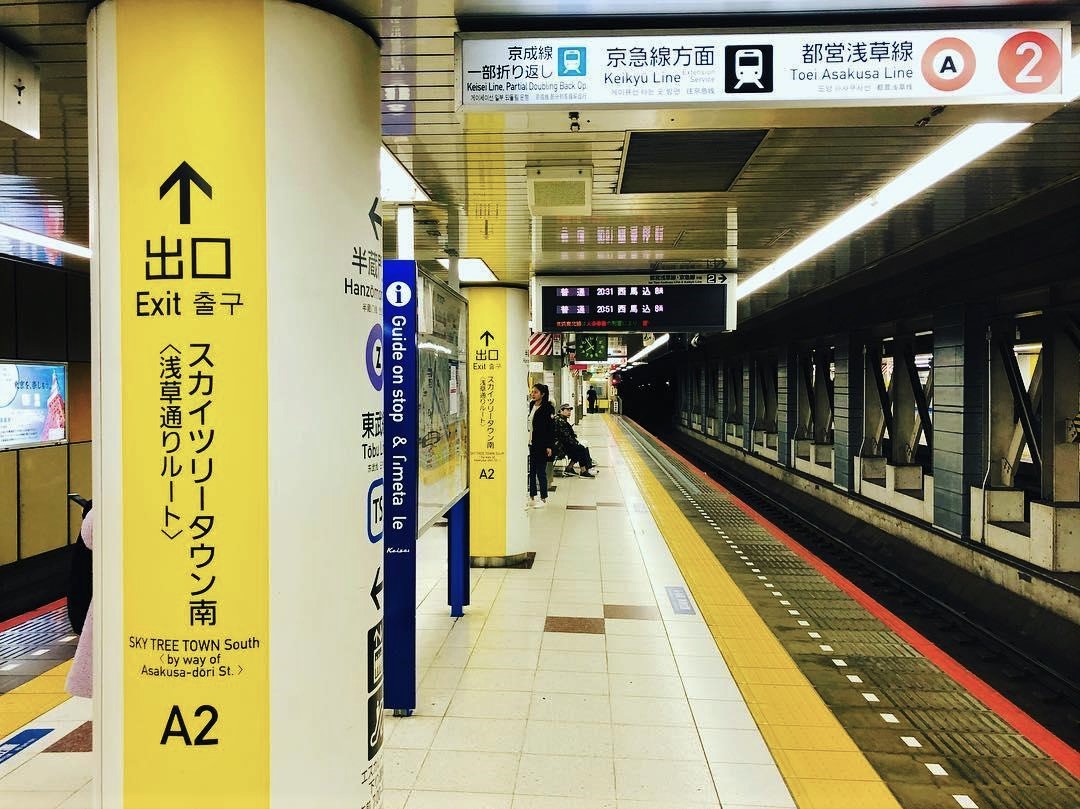
Image adapted from: @genuine
In Tokyo train stations, exit signs are labelled in a vibrant yellow that’s easy to spot even from afar.
13. Toilets can be found in train stations
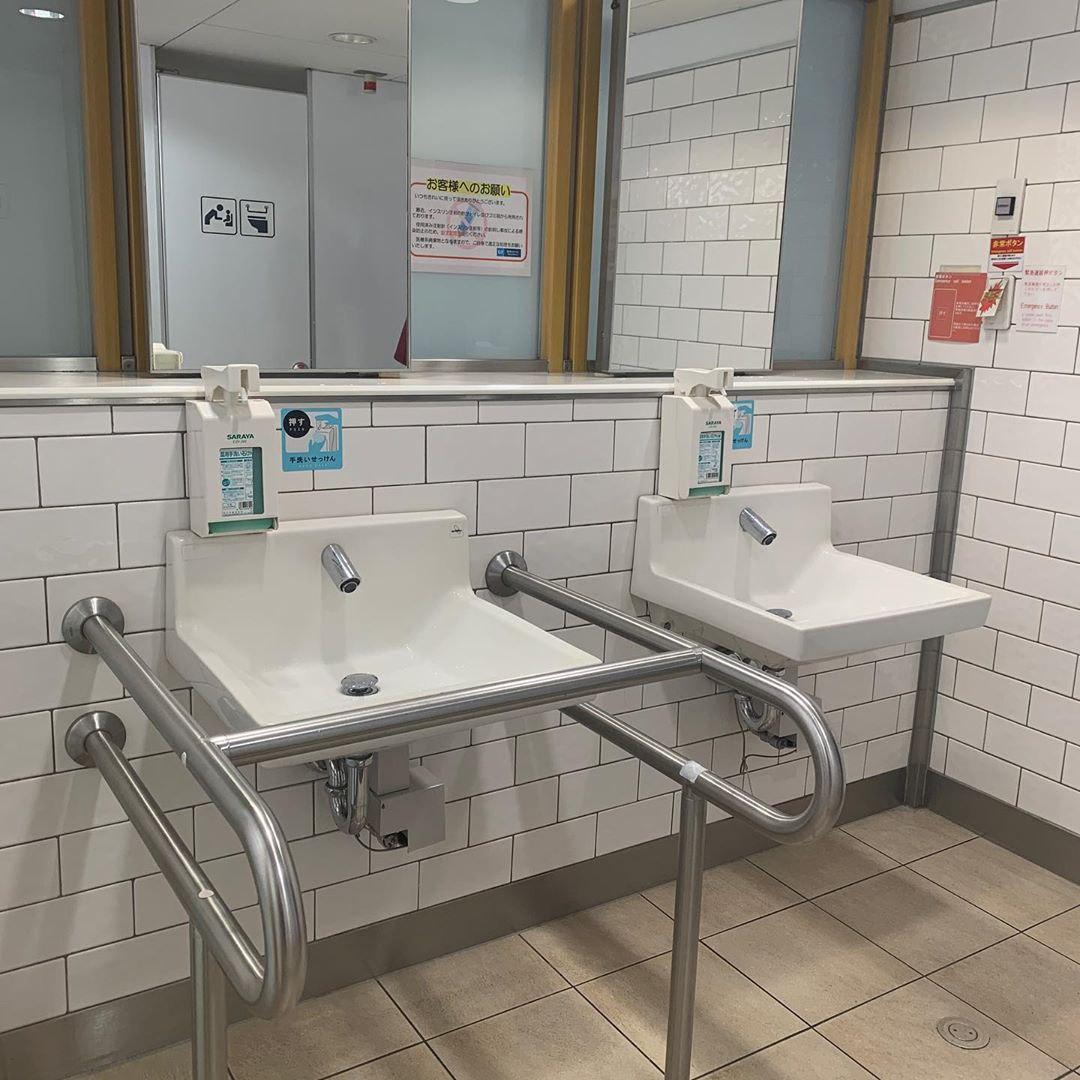
Image credit: @toilet_map_of_tokyo
Don’t make the same mistake of tapping out of the train station in search of a toilet. Each station is actually equipped with a washroom, so you won’t have to panic in the middle of your commute when nature calls. Besides, it’s not worth tapping in and out at the same train station as you will end up paying a few extra yen.
14. IC cards – low balance alert
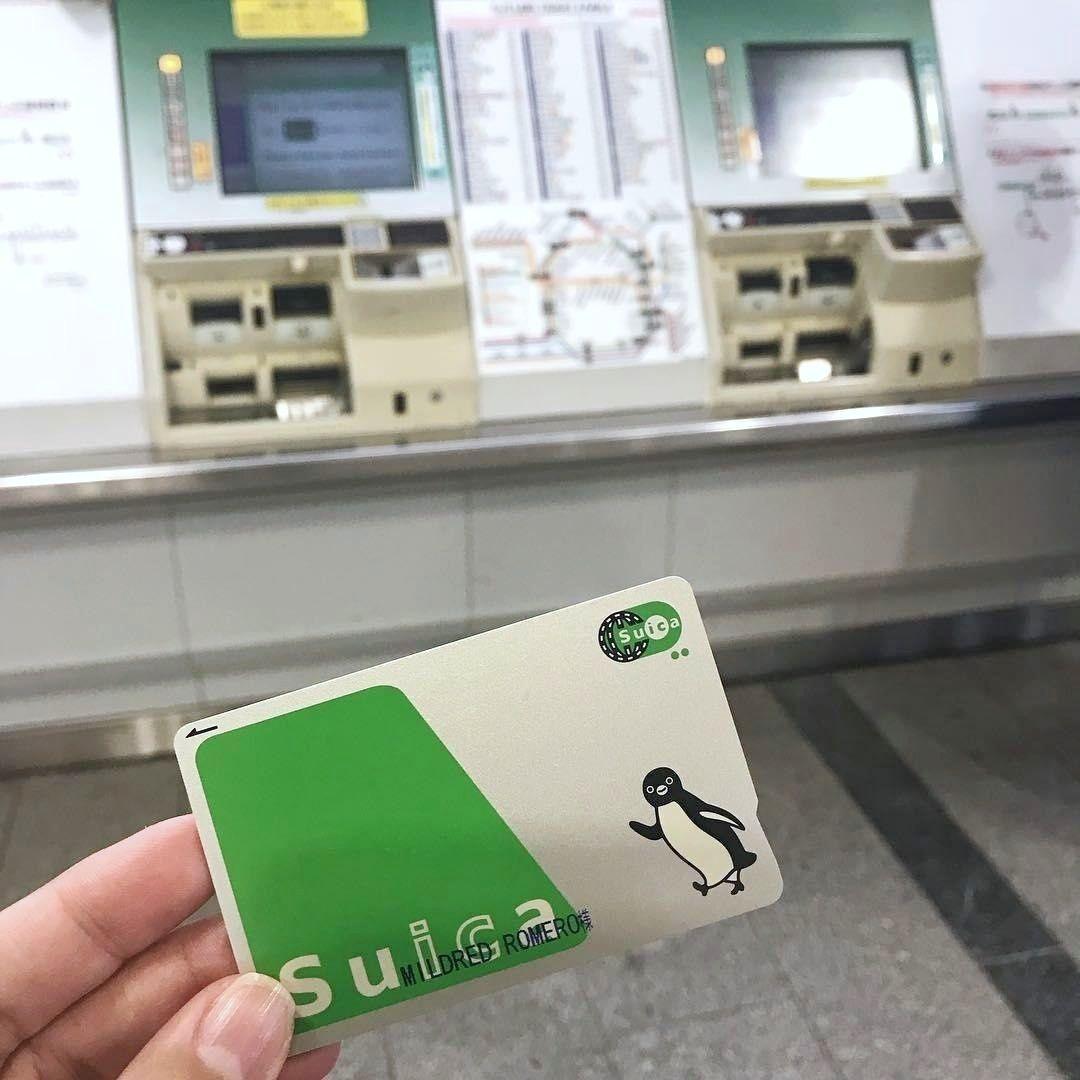
Image adapted from: @mildredromeroc
If your IC card has less than ¥1000 (USD9.11) left, the sensor on the gantry will beep 3 times as you tap in or out. Make sure to top-up at a ticketing machine before it’s too late.
Important signs to know
15. Women-only Car
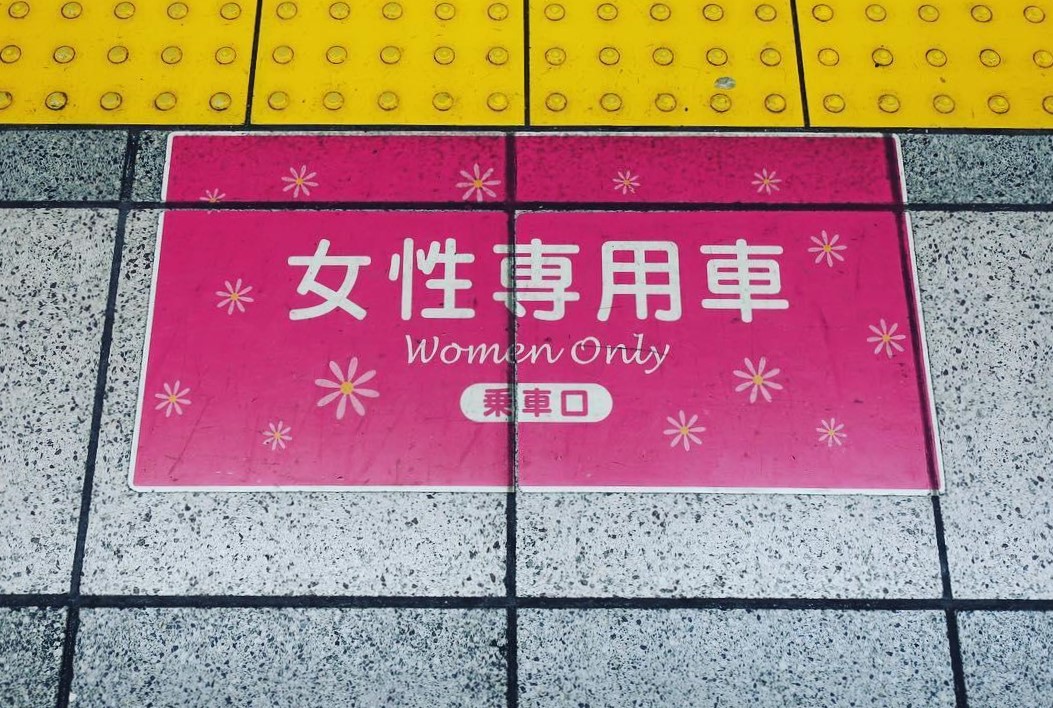
Image credit: @sunshinenstrawberries
To rectify the problem of chikan (public molestation), Tokyo has come up with designated women-only train cars that are available from the rush hours of 7AM-9AM. Besides women, children and passengers with disabilities are also allowed to board these cars.
The pink sticker that identifies these special cabins is hard to miss – it’s plastered on the floor, carriage and pillars in the train station.
16. Green car stickers (JR only)
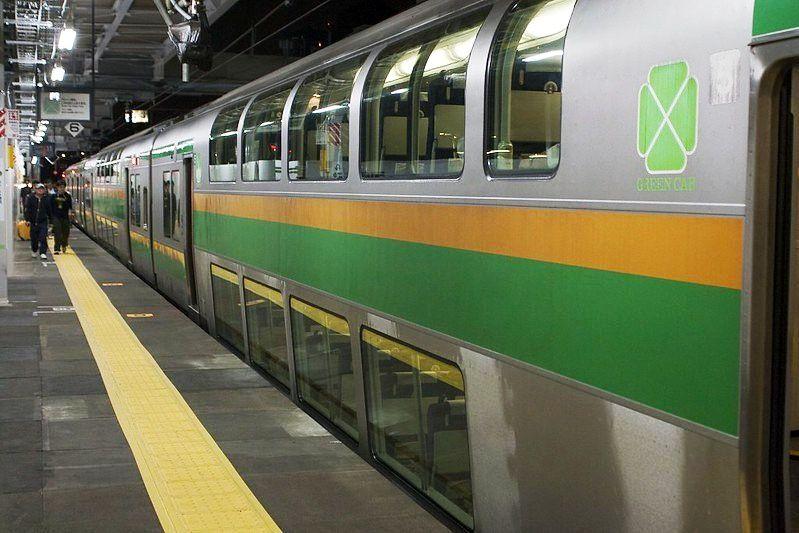
Image adapted from: mattlucht
The JR offers 2 classes of cabins – ordinary and green, aka first-class seats, for long-distance rides. Green car seats offer more leg-room, but you do have to fork out about 30% to 50% more than the ticket price of regular seats.
If you’re taking the green car on your trip to Japan, make sure to look out for the green clover-shaped sign on the exterior of the train or inside the carriage and board the correct cabin.
17. Last resort – ask for help from a train attendant
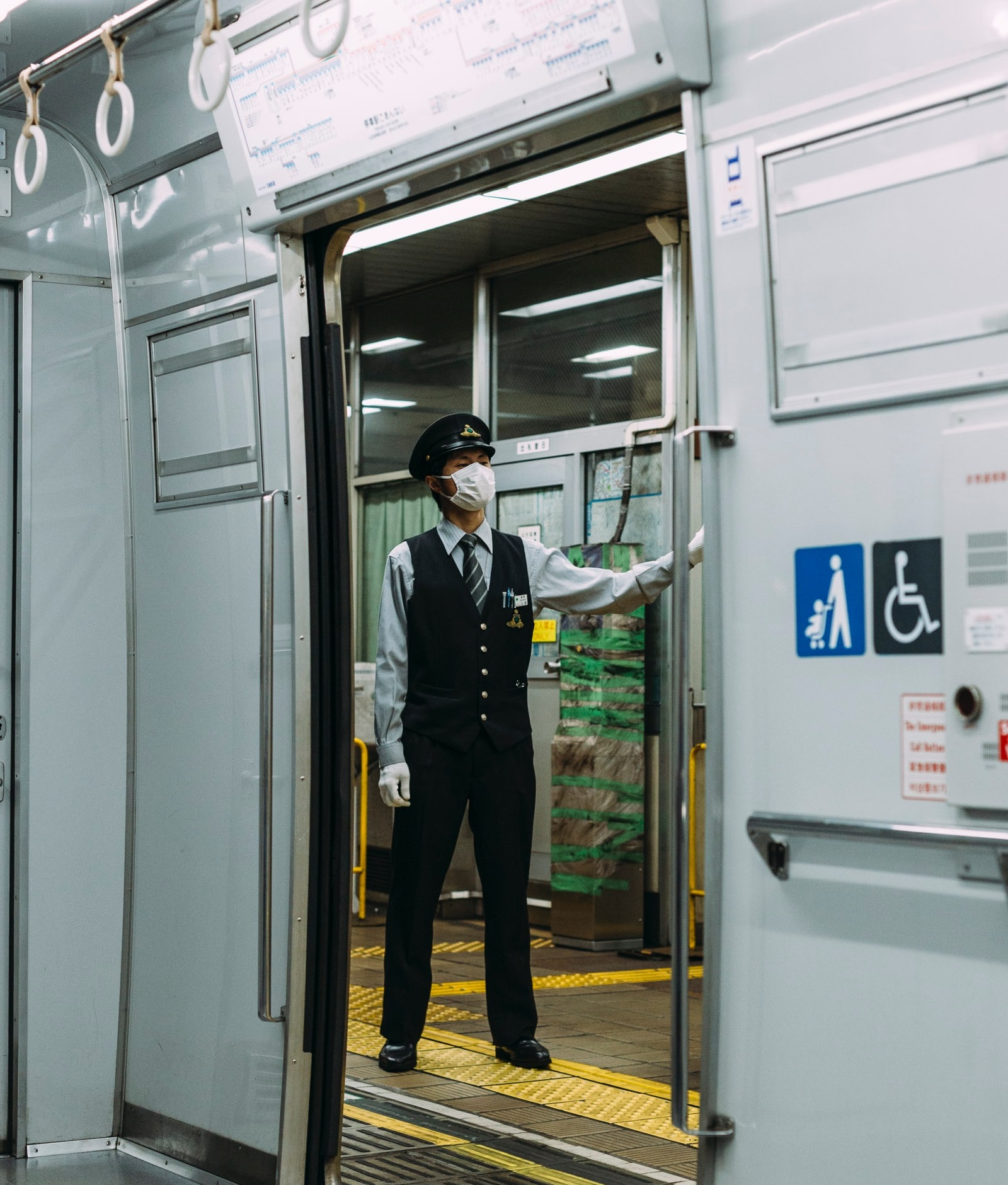
Image adapted from: Liam Burnett-Blue
With a grand total of 882 train stations listed on the Tokyo train map as of now, even returning travellers can lose their way while navigating the Tokyo train stations.
If you’ve resorted to all of the above tips and hacks and still lose your way, look for train attendants that are usually stationed near the ticket machine or on the platform. They can be clearly identified by their uniform. These attendants know the Tokyo train map like the back of their hands and will point you to the correct direction in a jiffy.
Tip: Arm yourself with a PDF of the Tokyo train map or a Japan travel navigation app so that you can easily explain to the train attendant where you would like to go.
Conquering the Tokyo train system
The Tokyo train map may look like a maze of intricate lines and colours to the uninitiated. It’s easy to lose your bearings and you may be intimidated to seek help from nearby commuters, especially if you don’t know the language.
With that in mind, we’ve gathered top tips and tricks that even everyday commuters may have overlooked. Look out for these 17 helpful cues so you can navigate the Tokyo train system like a champ.
Check out these articles on your next trip to Japan:
- How to get from Narita Airport to Tokyo
- Japanese phrases for eating out
- Free things to do in Tokyo
- Convenient hotels located near train stations
- Cheap capsule hotels
Cover image adapted from (clockwise from left): Apple, Nikita Vasilevskiy and Wikipedia
